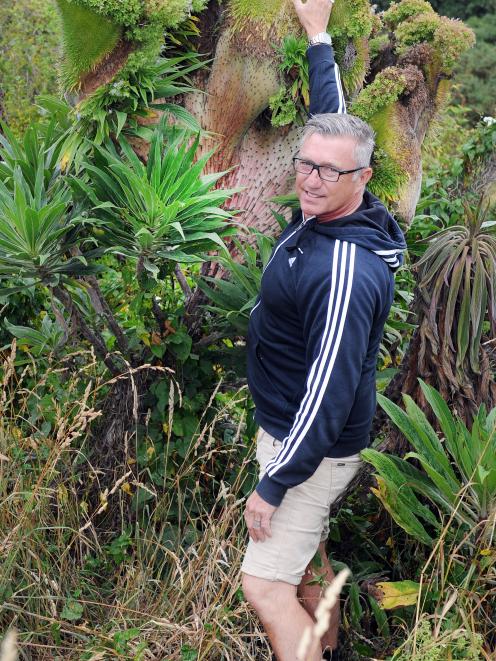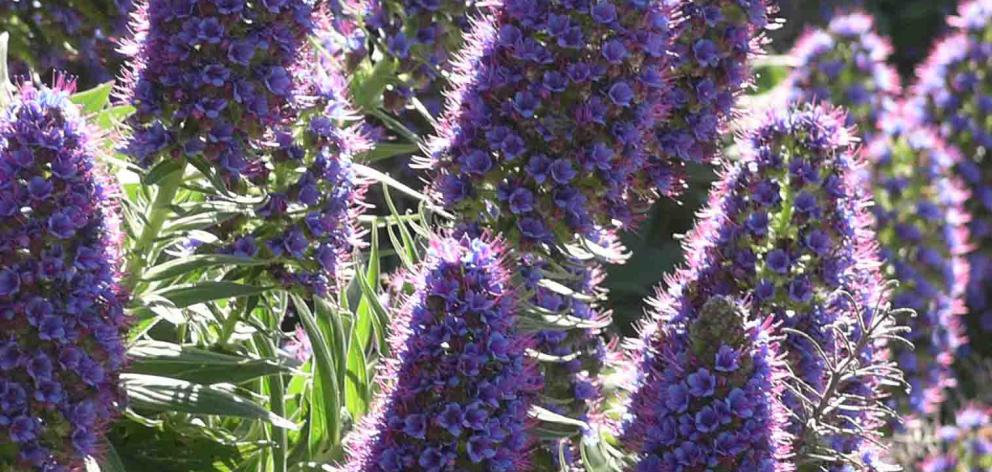No people or pets have disappeared in the Cargill's Castle area lately, but given the large and mysterious Triffid-like plant growing nearby, no-one would be surprised if they had.
Dunedin City Council botanical services officer Tom Myers said the plant was an Echium candicans (Pride of Madeira) which had been affected by a ''relatively rare'' mutation which had rendered it almost unrecognisable.

''This striking growth form is called fasciation, where a number of factors may affect plant meristems - the parts of plants where cells are dividing, and where growth happens.
''Fasciation has several possible causes, including hormonal, genetic, bacterial, fungal, viral and environmental.
''It would seem likely that the unusual growth habit would be initiated at time of bud formation.''
St Clair resident Paul Martin said he and his family discovered the plant during a walk in the area recently.
''It's pretty amazing. We were just walking around with the kids and we thought 'Oh my gosh'.''
He said there were other plants growing nearby with the same leaves, but this one looked very different in terms of its size and structure.
''It's mutated in such a form that it's totally unrecognisable. It's morphed into something weird and unusual. But it's quite beautiful, too.''
He said his neices and nephews gave it a wide berth and were wary of it because it looked like Audrey II, the people-eating plant from the Little Shop of Horrors.
Mr Martin confirmed there had not been any disappearances in the area, yet.













